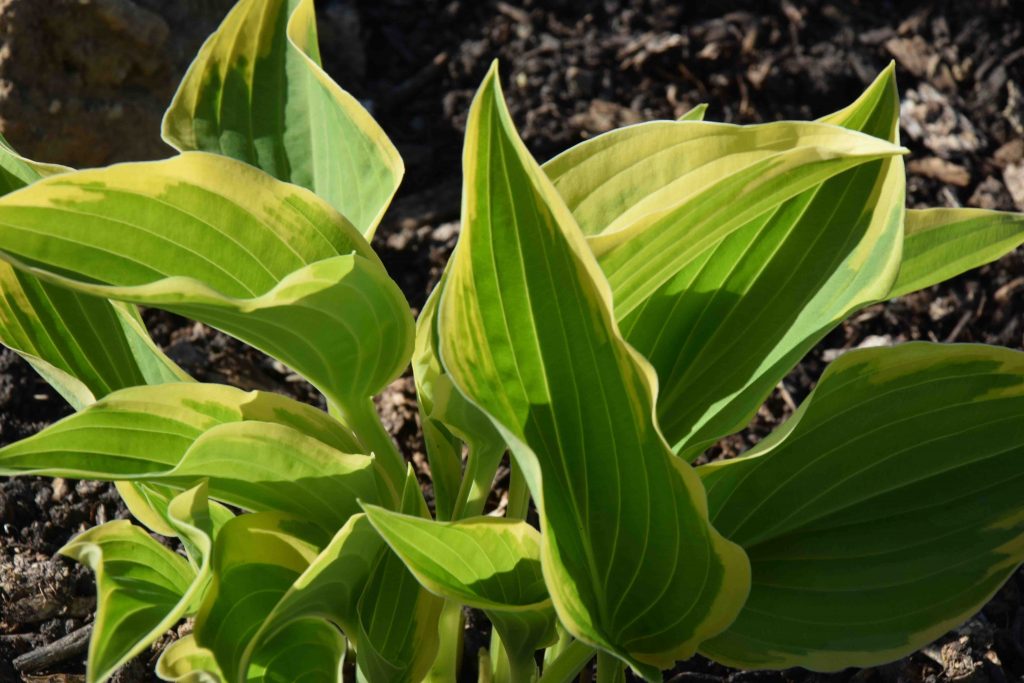
Hostas should be in their freshest, finest livery right now. Nothing is quite as beautiful as a mature clump of beautiful hosta foliage. Of course there is a problem and I deliberately didn’t show it in the photo above. It is a shame that I can never write about hostas for long without having to mention slugs – there, I said it. Just 61 words in and I had to mention slugs!
The fact is that slugs and their hard-shelled cousins do not really like hostas much more than other plants, like lupins and delphiniums, marigolds and lettuce. But hosta leaves remain there all summer, filling you with guilt, reminding you that you did not protect them in spring, when their soft leaves were especially vulnerable.
In my Knights days, 40 years ago, the choice of hostas was very limited and none had any real resistance to the slimy menaces. Now there are hostas that are truly resistant and even in my garden, surrounded by fields, they have a chance of being beautiful without resorting to eggshells, grit, the awful waste of beer or, dare I say it, slug pellets.
If you choose large-leaved hostas and those with thick foliage, slugs will be less interested. ‘Sum and Substance’, the huge ‘Empress Wu’, ‘Guacamole’ and many more in my own garden are rarely munched.
But I need to double back and mention slug pellets again. In the old days there were two types, the kind you can buy now, based on metaldehyde and the really nasty ones, that you can’t get now, based on methiocarb. You will have your own opinions on the use of slug pellets and there are ‘organic’ alternatives based on ferrous (iron) compounds. Metaldehyde can cause harm to pets if ingested but all the slug pellets you can buy contain Bitrex that makes them unpalatable to animals. But most importantly, you must use them correctly – scattering them so they are 10-15cm apart. I have seen some terrible slug pellet misuse in my time. There is no need to make a moat of pellets around a plant and I remember seeing some window boxes in the Lake District where they were mulched with the things. Scatter a few, replacing them when they have been washed away and there is very little danger to wildlife or pets. I use them, when necessary, sparingly, and have had thriving populations of birds, hedgehogs and frogs.
Metaldehyde slug pellets were to be banned this spring but the law was changed and they can still be bought and used now and in the foreseeable future. There are lots of alternatives you can use including Nemaslug, a parasitic nematode but it will not control snails.
We are much more aware of the use of garden chemicals than we used to be. And we use far fewer chemicals now, and that is a good thing. We simply can’t buy bottles of concentrate to mix up and slop over our plants. I can still remember the stench of Malathion and I am sure I must have a coat somewhere that still reeks of the stuff.
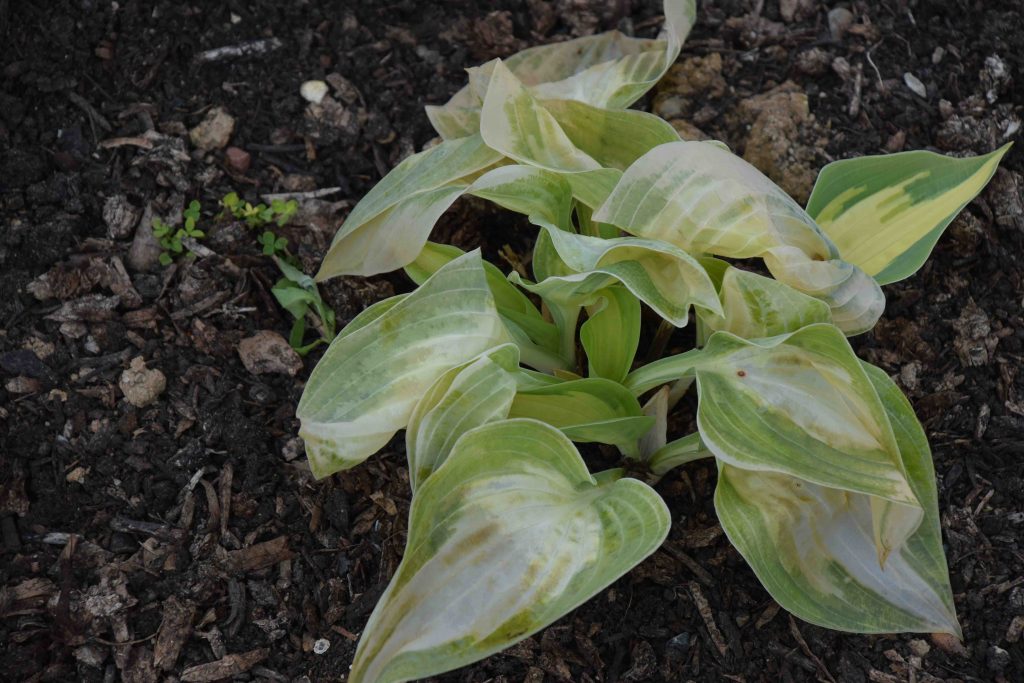
Hubris is a terrible thing. I may have been lucky with slugs this year, partly because of the dry weather, but last week we had a crippling late frost that ruined the garden. I was amazed at what was damaged and the casualties included my hostas. Leaves were reduced to mush in many cases. I am sure they will recover but it sure took the smile off my face! Such are the joys of gardening.
Jobs for the week
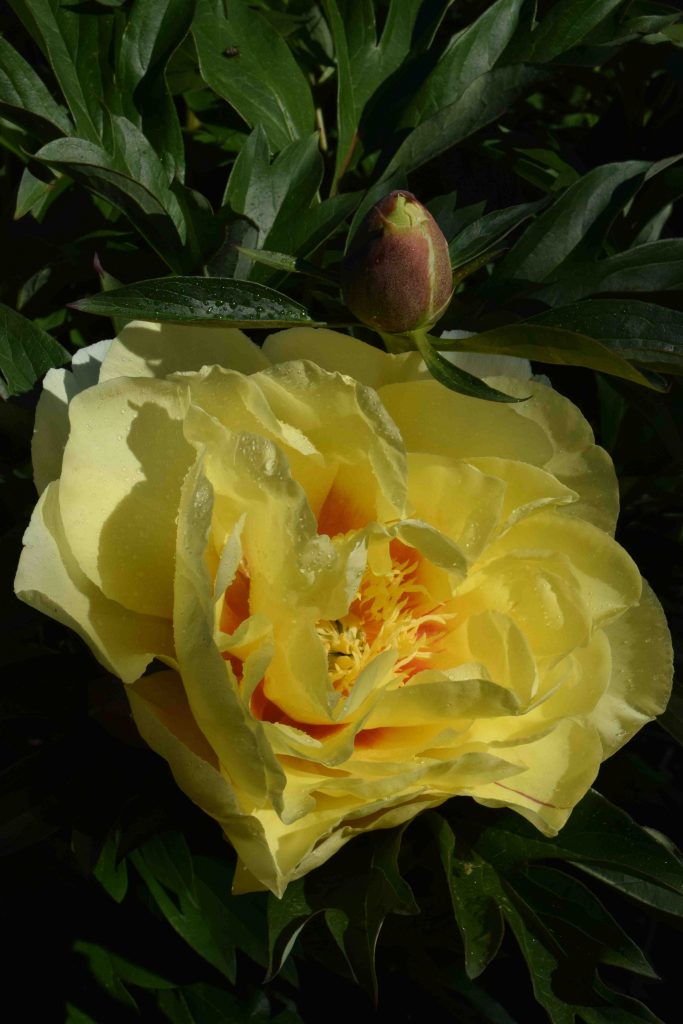
Plant peonies
Peonies don’t suffer from the same problems as hostas. Their flowers are fleeting but the plants are good in leaf and the blooms are just so lovely. And unlike so many plants, they are tough and long lived. The most popular are the herbaceous types but I beg you to invest in some of the Itoh peonies. Named after Japanese Toichi Itoh who first successfully crossed tree peonies with herbaceous peonies to create the race of plants that bear his name (though, tragically, he never lived to see the results) these are amazing plants. They have decorative leaves, a sturdy, bushy habit and flower for longer than either of their parents. If you want to start growing them I suggest you start with ‘Bartzella’ which is now just about the cheapest. The Itoh (or intersectional) peonies are rather expensive but worth every penny. ‘Bartzella’ is very easy to grow, thriving in most soils and in sun or part shade. The large flowers are lemon yellow, sweetly scented and plants will grow to 60cm high and across in about three years, bigger still in time. My five year plants carry 20 or more plants and some I moved two years ago have three or four this year. There are lots of others in a wide range of colours. Now you can get out and buy some plants, treat yourself.
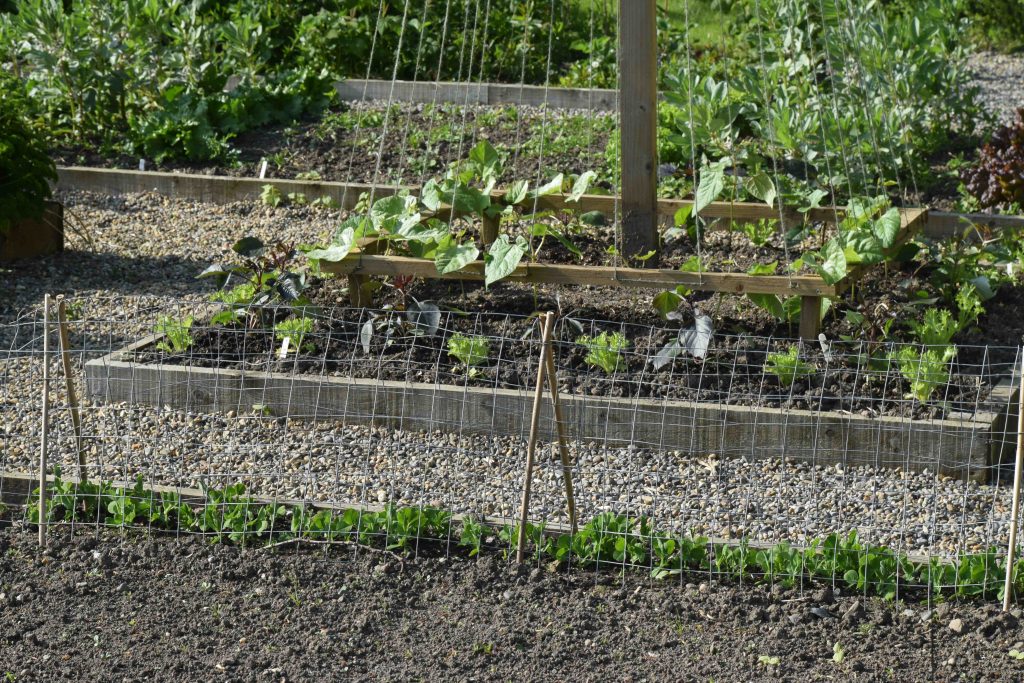
Plant beans
Now that we should be free from frosts it is time to plant out runner beans and French beans. If planting them, or other tender veg, always choose young plants which will establish better than older plants that are stunted in their pots. Don’t panic if you have not been organised enough to raise plants. You can buy some or you can sow the seeds direct where they are to grow. Late sowings often catch up with earlier sowings now that the soil is warm. Runner beans often fail to set flowers early in the season and that is due to high night temperatures. When nights cool they will set beans more readily and late sowings do not have this problem.
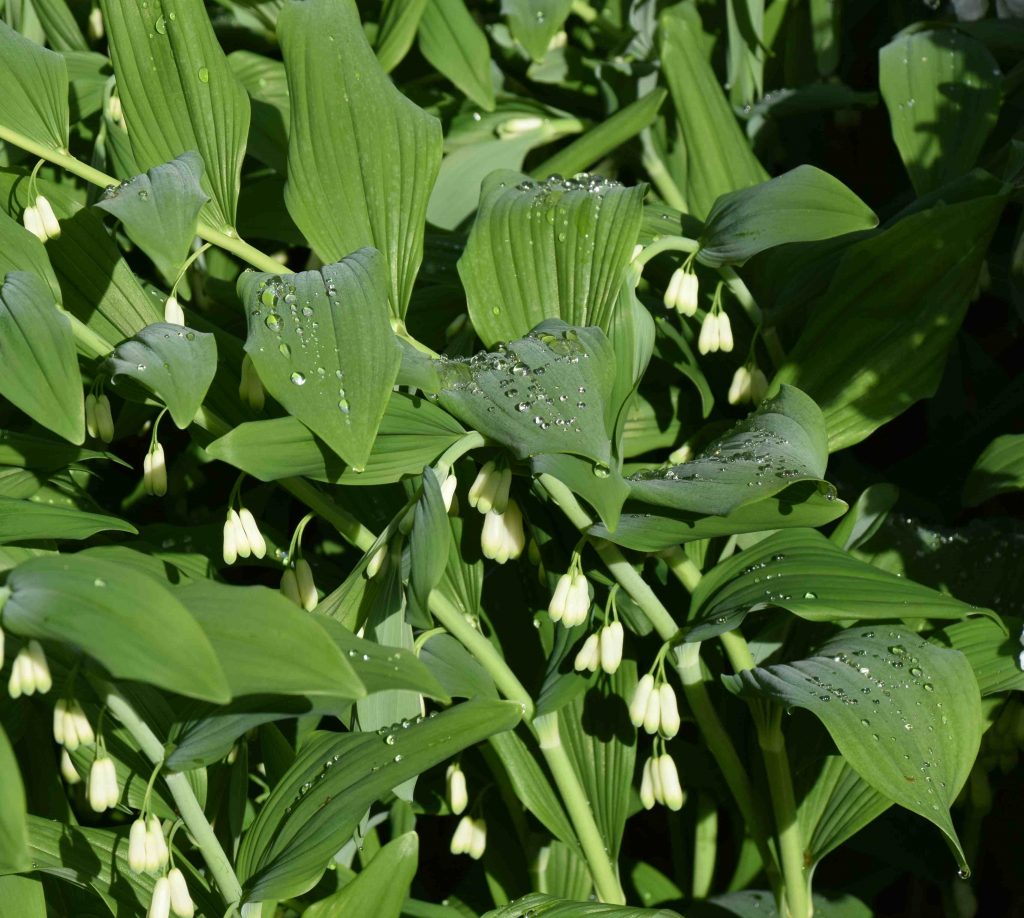
Get ready for sawfly
Sawfly are nasty pests that are best known for the voracious appetites of their caterpillar-like grubs. Different species affect different, specific plants and these include gooseberries, solomons’ seal (above) and aquilegias. The adults lay eggs hidden among the leaves and as these hatch the grubs feast on the leaves, stripping plants and leaving just the leaf veins. If you ignore them the grubs will drop to the ground and turn to pupae that will hatch as adults next year. This obviously weakens the plants so, as soon as you see the pests and the damage, pick them off!